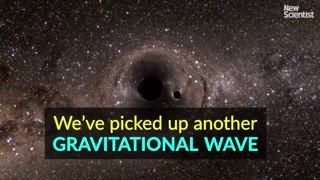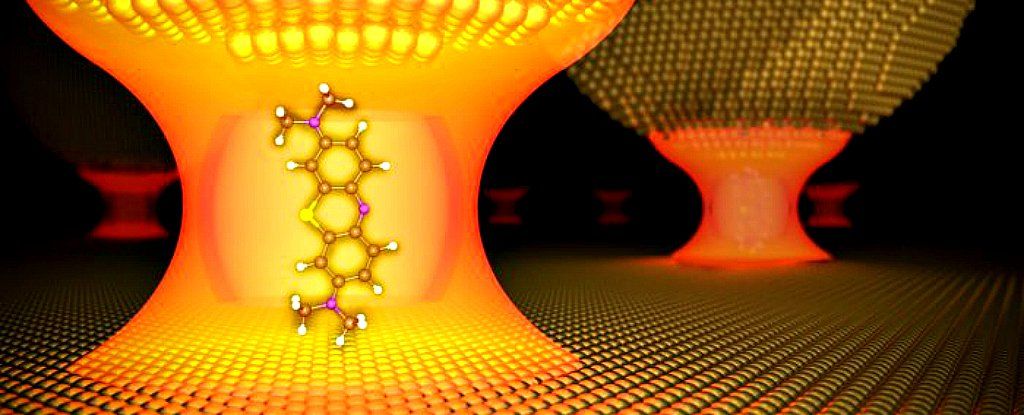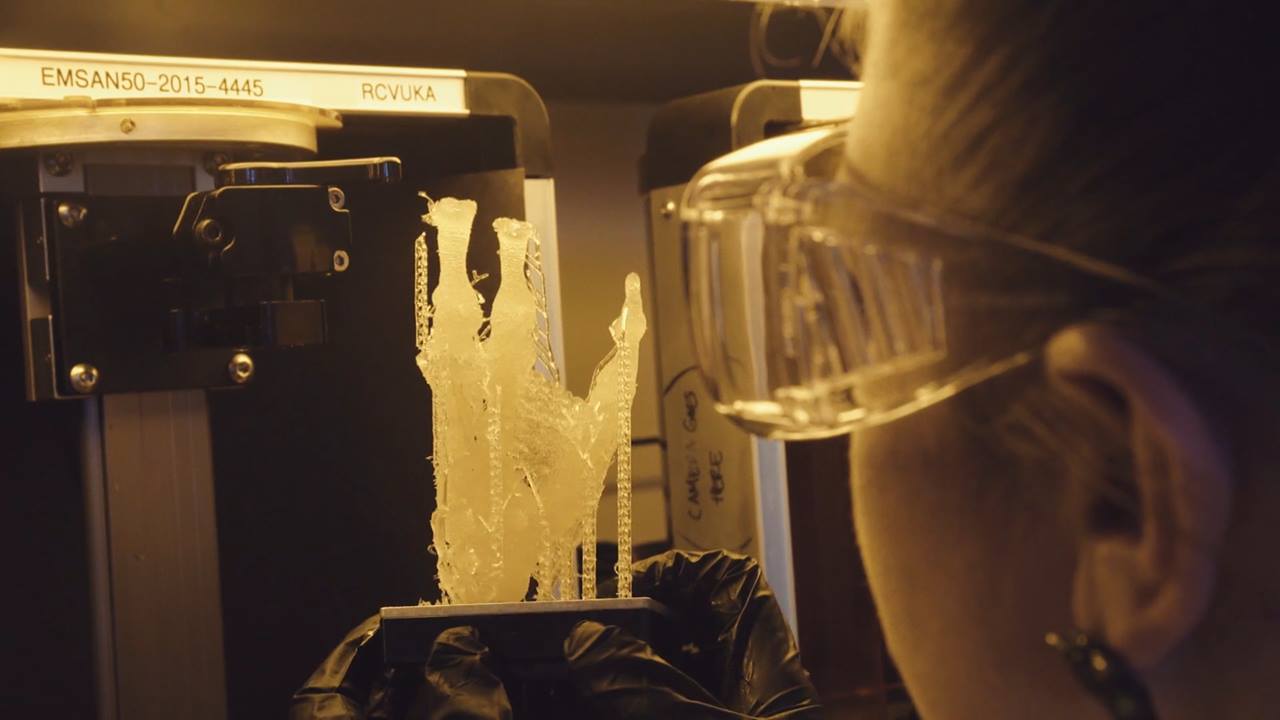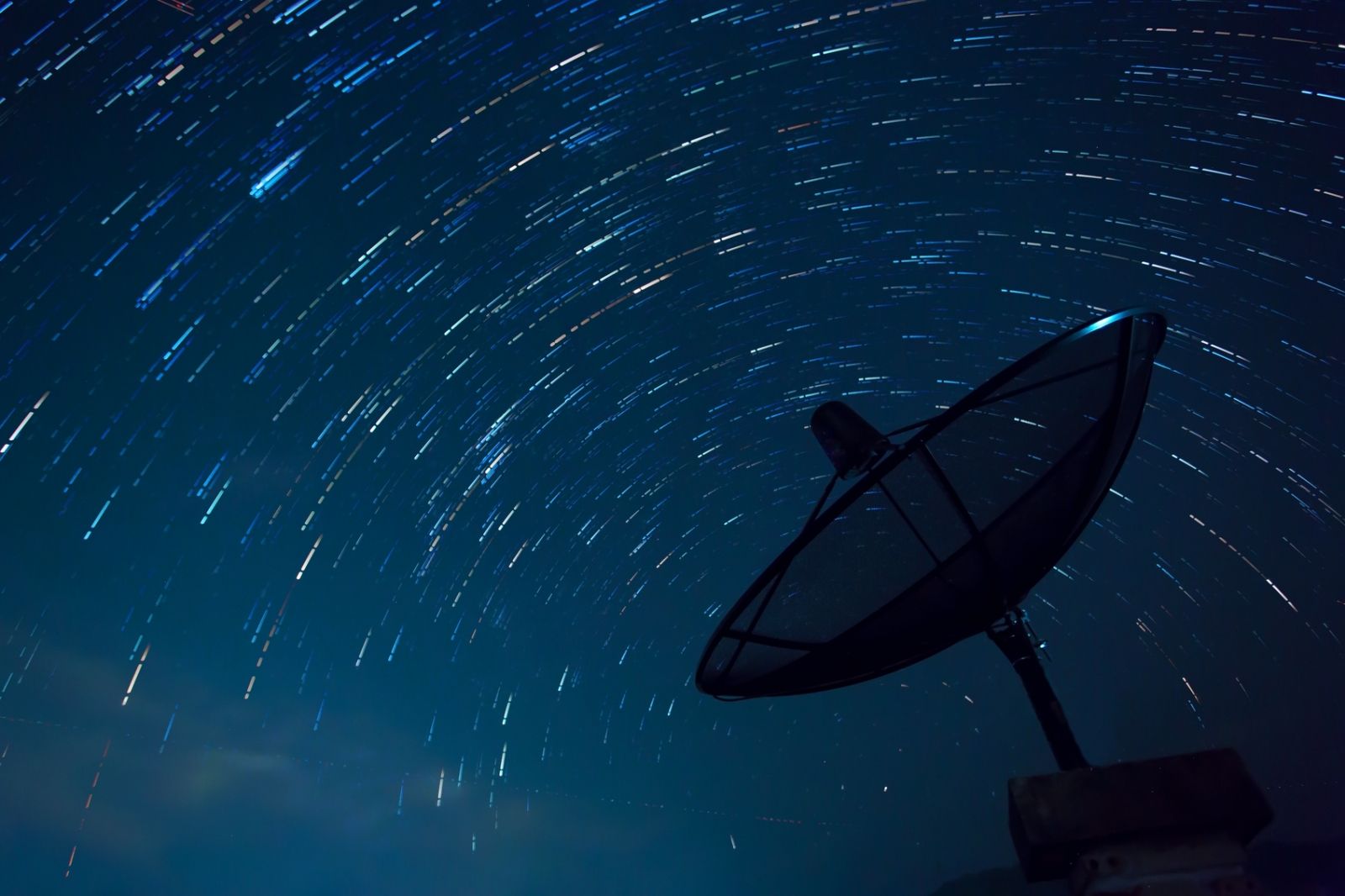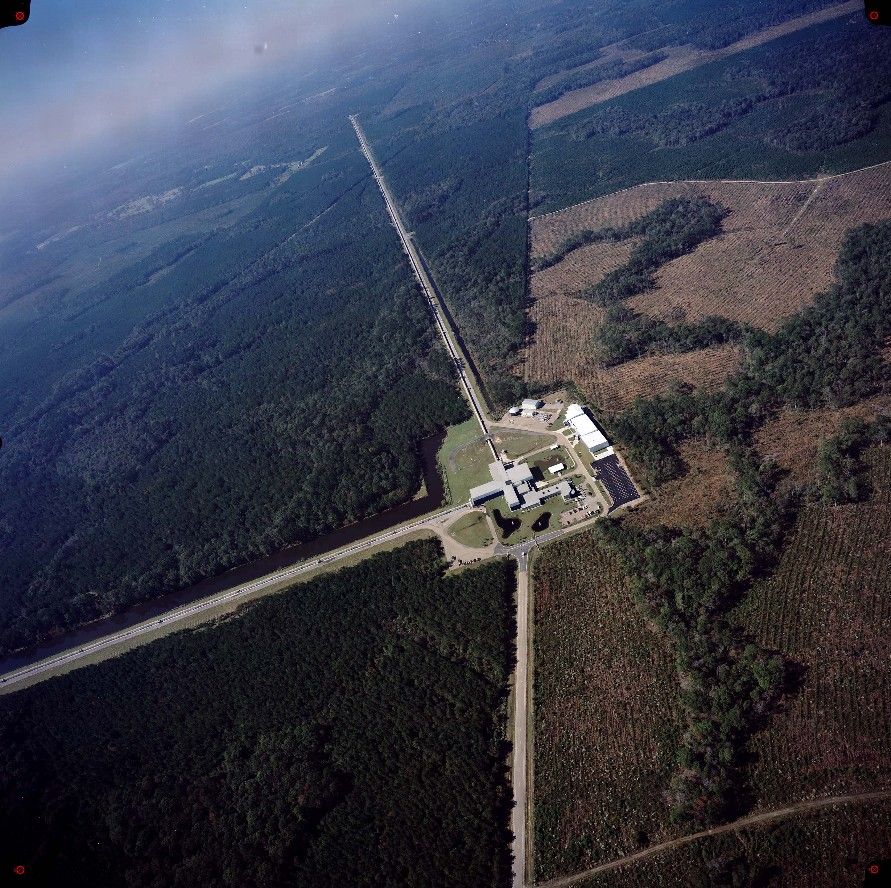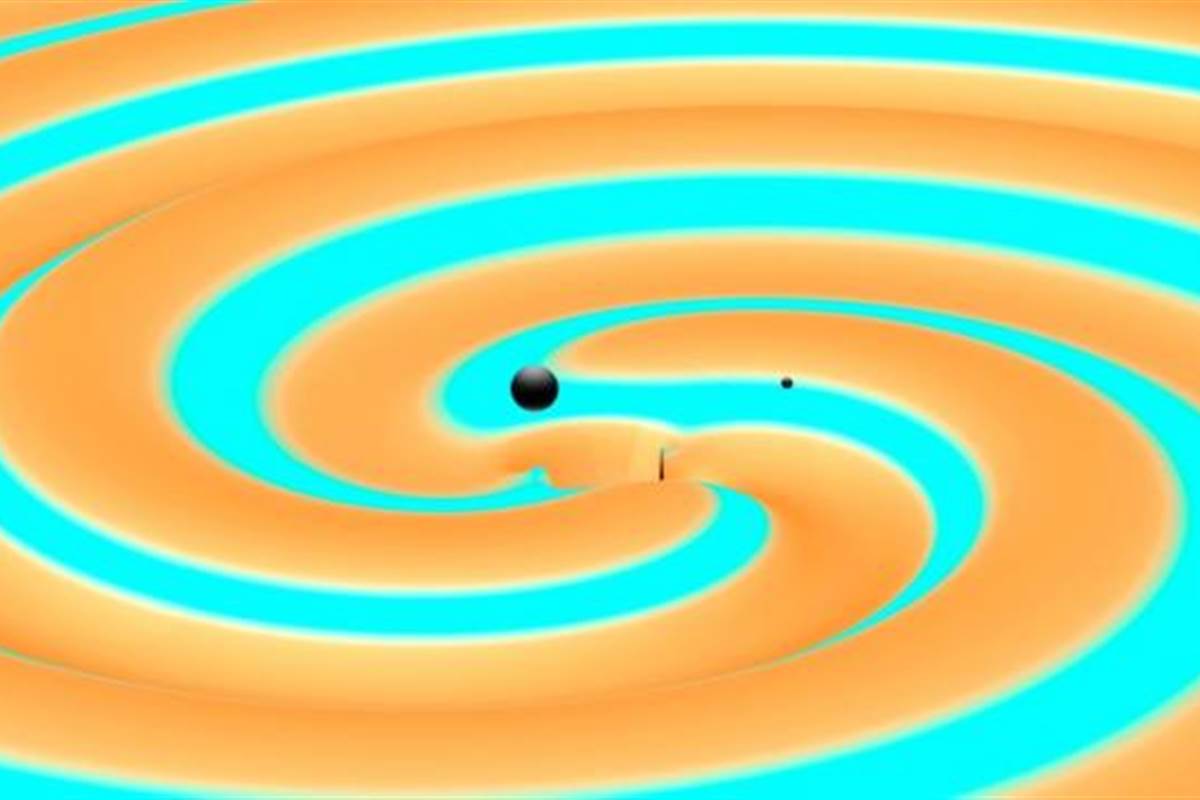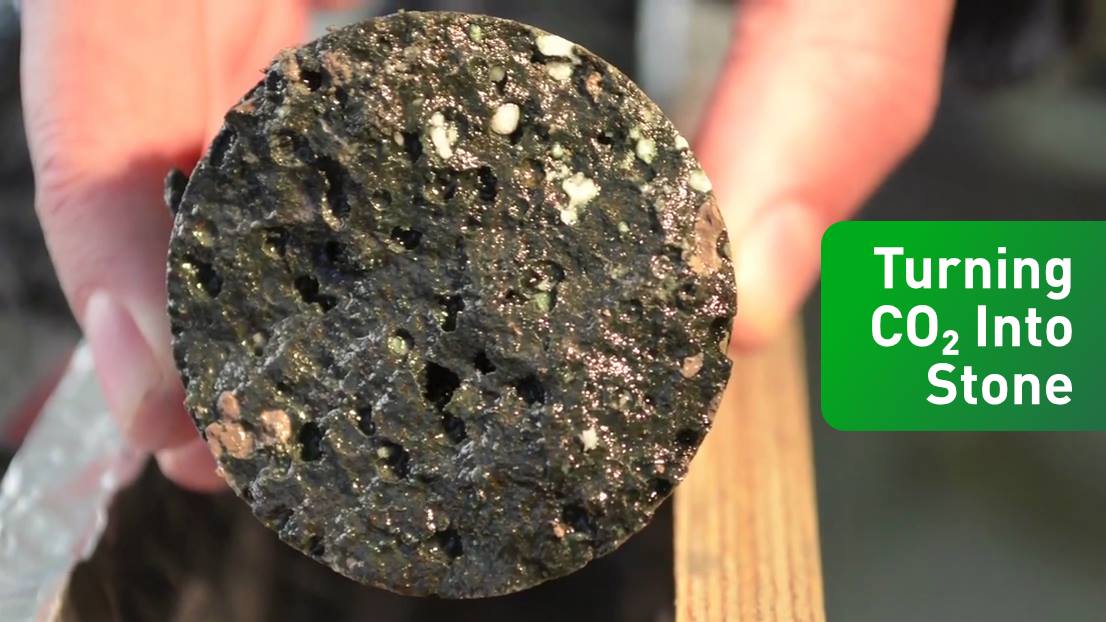Page 10602
Jun 15, 2016
We’ve picked up another gravitational wave
Posted by Shailesh Prasad in category: physics
Jun 15, 2016
Physicists have mixed matter and light at room temperature for the first time
Posted by Shailesh Prasad in categories: particle physics, quantum physics
In a lovely demonstration of light’s quantum effects, physicists in the UK have just mixed a molecule with light at room temperature for the first time ever.
Light and matter are usually separate, with totally distinct properties, but now scientists have trapped a particle of light — called a photon — with a molecule in a tiny, golden cage of mirrors.
That’s a big deal, because it creates a whole new way to manipulate the physical and chemical properties of matter, and could change the way we process quantum information.
Continue reading “Physicists have mixed matter and light at room temperature for the first time” »
Jun 15, 2016
BioArtist Grows A Sculpture Out Of Bone
Posted by Shailesh Prasad in category: materials
Jun 15, 2016
EmDrive: Finnish physicist says controversial space propulsion device does have an exhaust
Posted by Sean Brazell in category: space travel
Professor Arto Annila says basic principle of nature explains how photons are leaked from the cavity.
Jun 15, 2016
Did gravitational wave detector find dark matter?
Posted by Andreas Matt in categories: cosmology, information science, mathematics, physics
When an astronomical observatory detected two black holes colliding in deep space, scientists celebrated confirmation of Einstein’s prediction of gravitational waves. A team of astrophysicists wondered something else: Had the experiment found the “dark matter” that makes up most of the mass of the universe?
The eight scientists from the Johns Hopkins Henry A. Rowland Department of Physics and Astronomy had already started making calculations when the discovery by the Laser Interferometer Gravitational-Wave Observatory (LIGO) was announced in February. Their results, published recently in Physical Review Letters, unfold as a hypothesis suggesting a solution for an abiding mystery in astrophysics.
“We consider the possibility that the black hole binary detected by LIGO may be a signature of dark matter,” wrote the scientists in their summary, referring to the black hole pair as a “binary.” What follows are five pages of annotated mathematical equations showing how the researchers considered the mass of the two objects LIGO detected as a point of departure, suggesting that these objects could be part of the mysterious substance known to make up about 85 percent of the mass of the universe.
Jun 15, 2016
It Wasn’t a Fluke — Scientists See Black Holes Collide Again
Posted by Dan Kummer in categories: cosmology, physics
Scientists have seen two black holes crash into each other and merge for the second time, proving Albert Einstein was right and showing the first observation was no fluke.
Ultra-sensitive instruments called the Laser Interferometer Gravitational-Wave Observatory (LIGO) detected the ripple in gravitational waves that came across space and time to Earth last December, the team reported Wednesday.
Jun 15, 2016
Ok, that’s the coolest thing i’ve ever seen, where can i get one
Posted by Dan Kummer in category: futurism
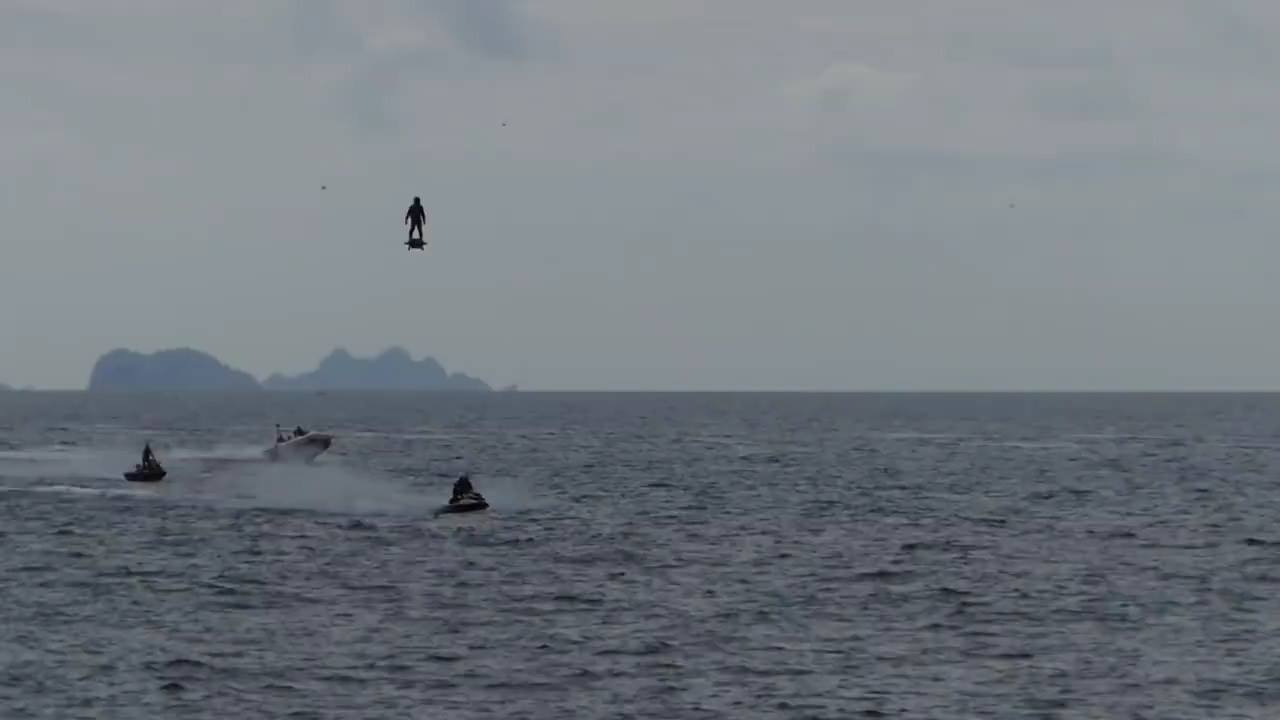
OFFICIAL CHEECH PAGE Actor, director, writer, musician, and Chicano art advocate/collector, Cheech Marin is best known as one half of the hilariously…
Jun 15, 2016
Turning CO2 Into Stone
Posted by Magaly Santiago in categories: climatology, sustainability
Jun 15, 2016
Ripple Secures NY Bitcoin License | PYMNTS
Posted by Odette Bohr Dienel in categories: bitcoin, finance
“The state of New York just got another bitcoin company that can legally operate under the auspices of the state financial regulator’s guidelines.”

